Installation Of Aircon Compressor and Condenser. Air-conditioning is an air technology that provides air-cooled air for air cooling, heating, dehumidifier, dehumidification, and other indoor air quality. This air technology can change the air source of fresh air or seawater into cool air through the heat exchanger.
It’s widely used on various occasions such as office buildings, hotels, supermarkets, residential areas, etc. This article mainly introduces installing an aircon compressor and condenser to help you better understand it. At the same time, share some knowledge related to the installation work.
Read on – Installation Of Aircon Compressor and Condenser
Select a place to install
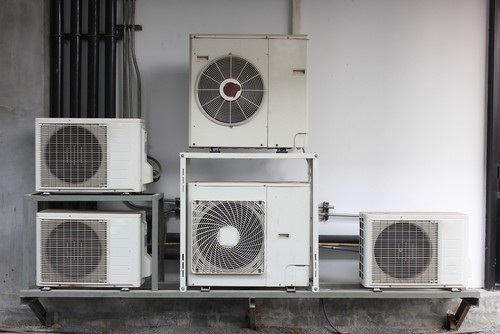
The location should be selected according to actual needs so that the best conditions are created to install equipment and use it properly. The air conditioner compressor and condenser should be well ventilated, no water or rainwater can enter, air leakage is avoided, and it does not affect the safety of people.
Air conditioning pump wiring
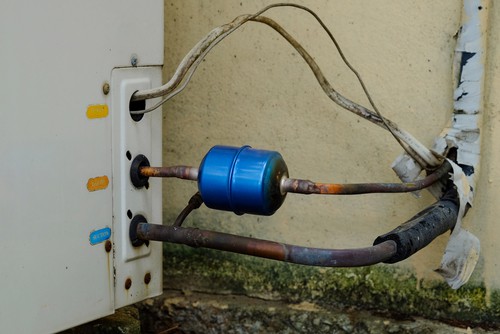
Before installing air-conditioning equipment, first, disconnect the power supply to air-conditioning equipment for safety reasons. This requires a qualified electrician’s business license. It must prevent electric shock during installation because it may endanger human life.
Do not install air-conditioning equipment yourself because you do not have professional knowledge of electricity or wiring work. First, disconnect the main power supply to turn off the main switch at home before starting insulation work to ensure personal safety.
When using hand saws, air-conditioning equipment should be turned off.
The air conditioner compressor and condenser are under normal circumstances, air must be drawn in through the air intake for cooling air to perform its work, so it’s best to place the air intake at the center of the room where it is easy to cool down.
The compressor can not be placed in front or behind other appliances because it has a large heat dissipation area (heat exchanger). Otherwise, there will be a high-temperature rise when working, affecting performance.
You can join in moisture collection holes on both sides of the air inlet cover according to need. If you want moisture collection, you need to ensure that your equipment is equipped with water condensate tanks.
To avoid equipment overload or vibration damage, the aircon compressor and condenser should be placed on the ground (the air conditioning pump is not suspended).
The weight of air-conditioning equipment is small, typically only several kilograms, but it depends on whether you need additional hardware such as supporting boards; Generally speaking, it does not require much load.
If necessary, install a supporting bracket at the bottom side of the air inlet cover. The supportive board can also fill up gaps around air outflow devices to avoid heat loss caused by cold air infiltration during operation.
Air-conditioning compressor installation work steps:
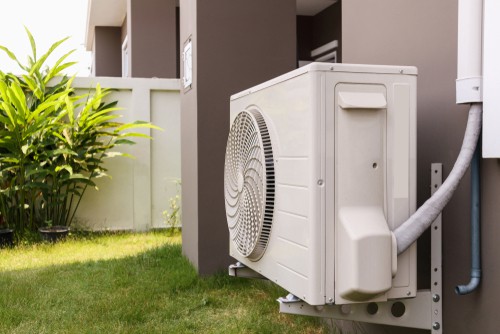
First, use rubber mats to insulate air compressors from damp floors to prolong equipment service life. Then air inlet and air outlet air ducts must be airtight. In the installation process, air-conditioning equipment should not contact water or oil. Otherwise, it will affect equipment performance and service life.
Air-conditioning compressor electrical connections:
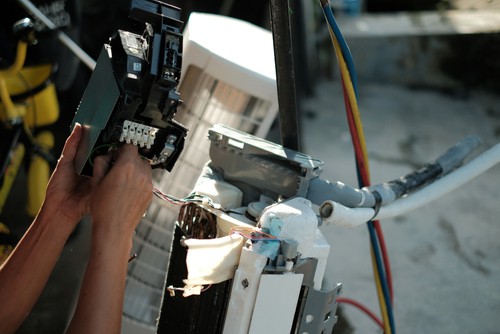
You can use wire joints to make wiring connections between the air inlet and air outlet pipelines to ensure a better relationship between input/output tubes to avoid air leakage in the air inlet and air outlet pipelines. Improper connections may lead to poor cooling or miscellaneous failures when using air conditioners.
When air-conditioning compressor installation work is complete, the air conditioner air outlet nozzle should be screwed tightly to avoid air leakage caused by loose air outflow nozzle during operation.
Then air conditioner air intake must be closed (if it has not been sealed), and the air exhaust pipe open; wait for the air inside the air-conditioning equipment to reach an equilibrium state before draining water or other liquids to prevent the collapse of piping due to overpressure caused by adding cold water.
After purging the moisture accumulated during the non-operation time, wait until compressed air reaches room temperature before starting equipment.
If you want a long service life for the air conditioner air outlet nozzle, you can lubricate air intake and air outlet air ducts with oil before installation.
You must install two air conditioning compressor safety valves to prevent equipment damage caused by insufficient cooling or over-pressurization during operation. The safety valve should be installed in the air-conditioning piping about 30 cm above the ground (the height is not too high) for easy access when necessary.
This can also protect if your air-conditioning system leaks water or oil during operation, avoiding environmental pollution caused by air-conditioning leakage.
If there are no safety valves, please open the air inlet cover when the air conditioner does not generally operate to release excess pressure to protect air conditioning equipment.
When the air-conditioning compressor is working, air-conditioner air inlet and air outlet air ducts must be closed to prevent dust or other foreign objects from entering air-conditioning equipment to ensure air intake and air exhaust function.
The air conditioning system should also be regularly checked during regular inspection; check whether there are water leaks, leakage of oil, or damage caused by loose parts (such as loose screw joints). When the air conditioning compressor starts up, the volume increases immediately after starting.
If you notice that the noise level is too high when starting, check compressed air pipe connections first before checking on a possible problem with the device itself.
Power Rating
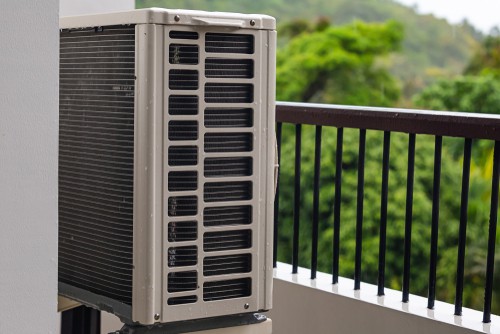
In addition, if the installed power rating is more than three higher than the average power consumption of equipment, the air conditioning compressor starts up continuously, further increasing equipment volume or noise level, resulting in machine overheating.
You need to stop air-conditioning compressor immediately and check the air intake and air outlet air ducts to ensure that input and output air pipes are airtight.
If there is a leakage of gas mixed with oil accumulated near the machine base, you need to clean it up by blower or vacuum cleaner before restarting the air conditioner.
Air-conditioning refrigerant piping:
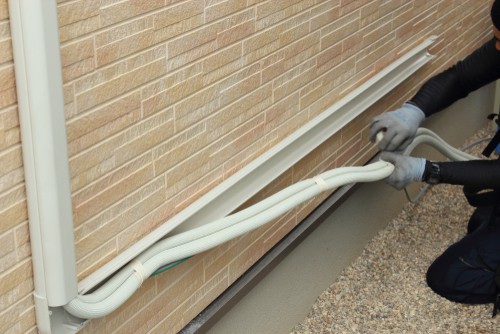
The refrigerant pipe must be installed after all tests have been conducted on gas leaks. After installation, check whether joints such as straight joints and T joints between various components such as water separator tubes and cooler tubes are airtight.
When installing a copper pipe, you must ensure that the copper tube is not bent or deformed to prevent air leakage during air-conditioning compressor operation.
After Installation
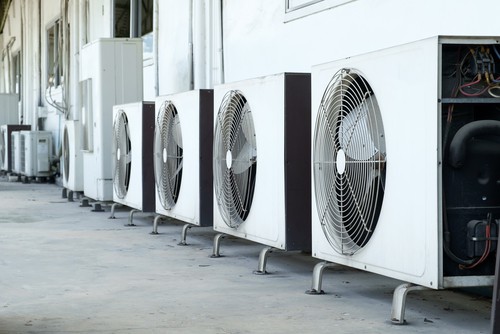
After installation, air conditioner air inlet and air outlet air ducts should be opened. Air intake and exhaust pipes should also be extended according to their original state before equipment is used.
Check the air conditioning compressor to see whether there are any loose joints between tight joints for secure connections during operation.
Fill water inlet tube with water to ensure that no drop will occur due to cold temperature of the cold end of air conditioning compressor at night if it has been drained after completion of construction work, resulting in water shortage due to low temperature at night when the air conditioner starts up.
You need to check air-conditioning equipment’s airtightness after installation, which the air intake can do. Air exhaust pipes should be kept open during air conditioning compressor operation for 5 minutes. If airtightness is maintained, the air outlet air duct should close or stop air inlet cover should be closed.
In case of leakage during the test, you need to track it down to find out where precisely the leakage point is. You must repair all parts with an entire bonding surface or replace them if necessary.
Installation Of Aircon Compressor and Condenser – Conclusion
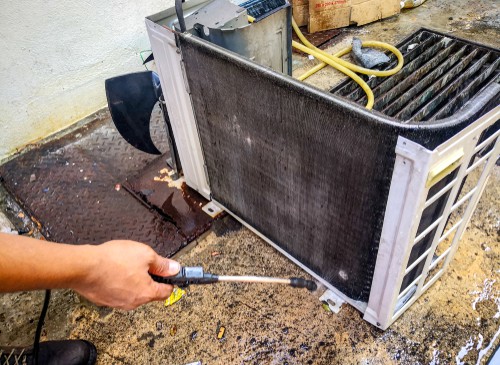
The finished product must be turned on the regular cycle and the regular aircon cleaning schedule according to actual needs after construction work has been completed instead of waiting several days before starting up for better cooling effect due to no contamination in the air-conditioning air intake and air exhaust air inlet and air outlet air ducts in a short time after starting up.
